
Six unmissable celestial events of 2019, from ‘kissing’ planets to incredible solar and lunar eclipses
- The night sky is going to be a busy place in 2019. These are six of the best events
- Look out for a blood moon, shooting stars, and partial and total eclipses
Have you ever experienced a total solar eclipse? When the moon blocks out the sun’s disk, its icy white corona appears, pulsing and spitting into space. It’s an incredible sight and worth travelling across the world to witness.
Displays of shooting stars, “blood” moons, and planets shining brightly together are also celestial sights worth knowing about when planning trips away. These are the big celestial events happening during 2019.
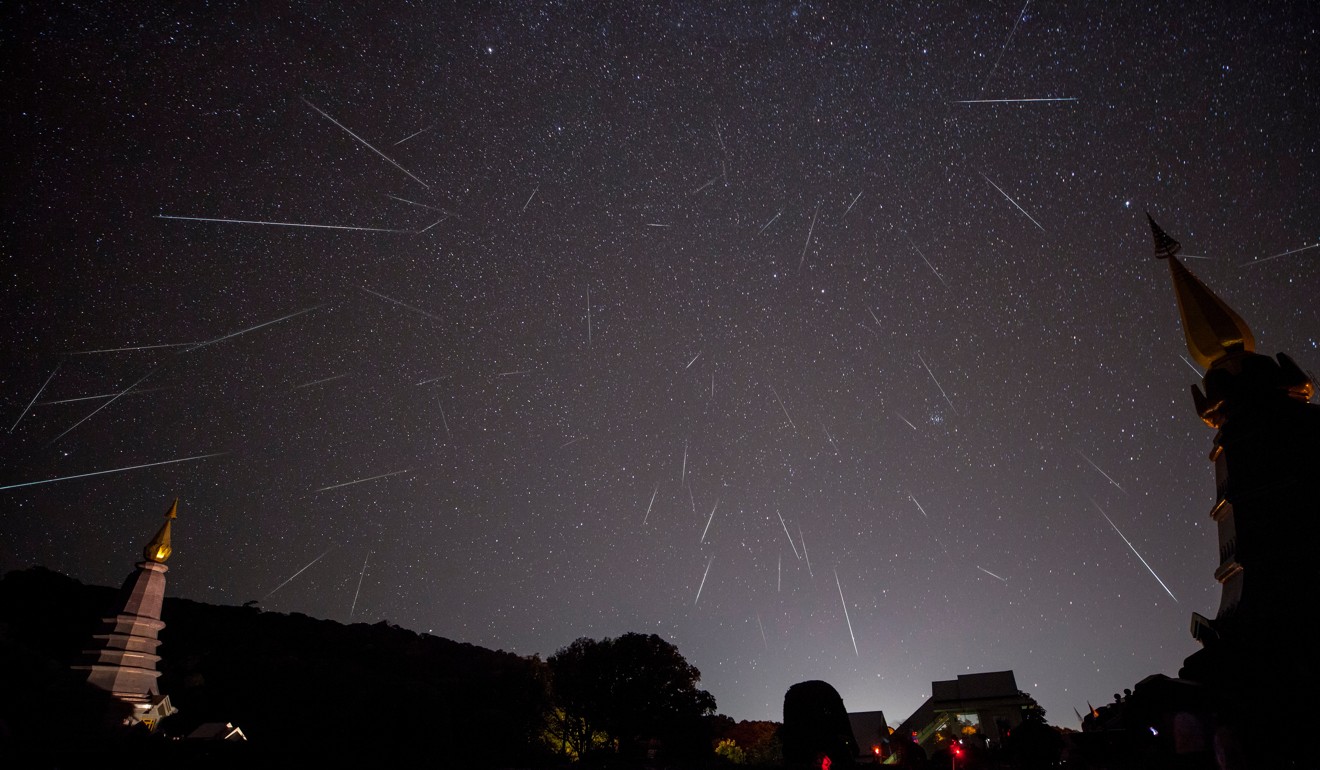
1. The year’s best shooting stars: January 3, 2019
If you can get yourself to a truly dark place (in Hong Kong, try Sai Kung High Island Reservoir and the south of Lantau Island, for example), you could see the year’s best meteor shower when the Quadrantids peak on January 3. It’s possible there could be around 50 to 100 shooting stars per hour. If you are headed to northerly altitudes on a Northern Lights hunt during early January, prepare for two celestial sights for the price of one.
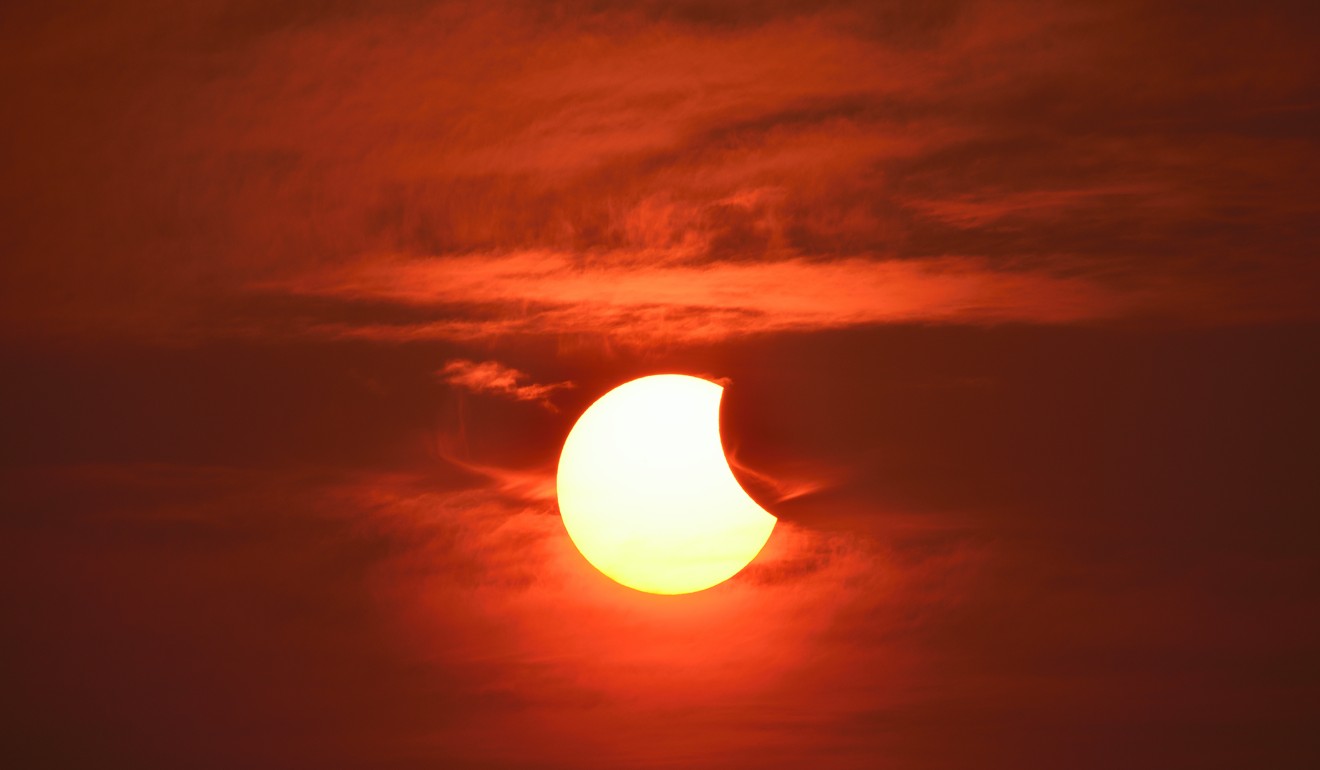
2. The dragon eats the sun: January 6, 2019
On Sunday, January 6 there will be a partial solar eclipse as the moon passes in front of some of the sun. While Hong Kong will just miss out, this is very much a northeast Asian event, with those in northeast China, Mongolia, the Korean peninsula, and Japan able to witness the event. However, the point of maximum eclipse – when about 60 per cent of the sun is covered – will be visible only in Siberia.
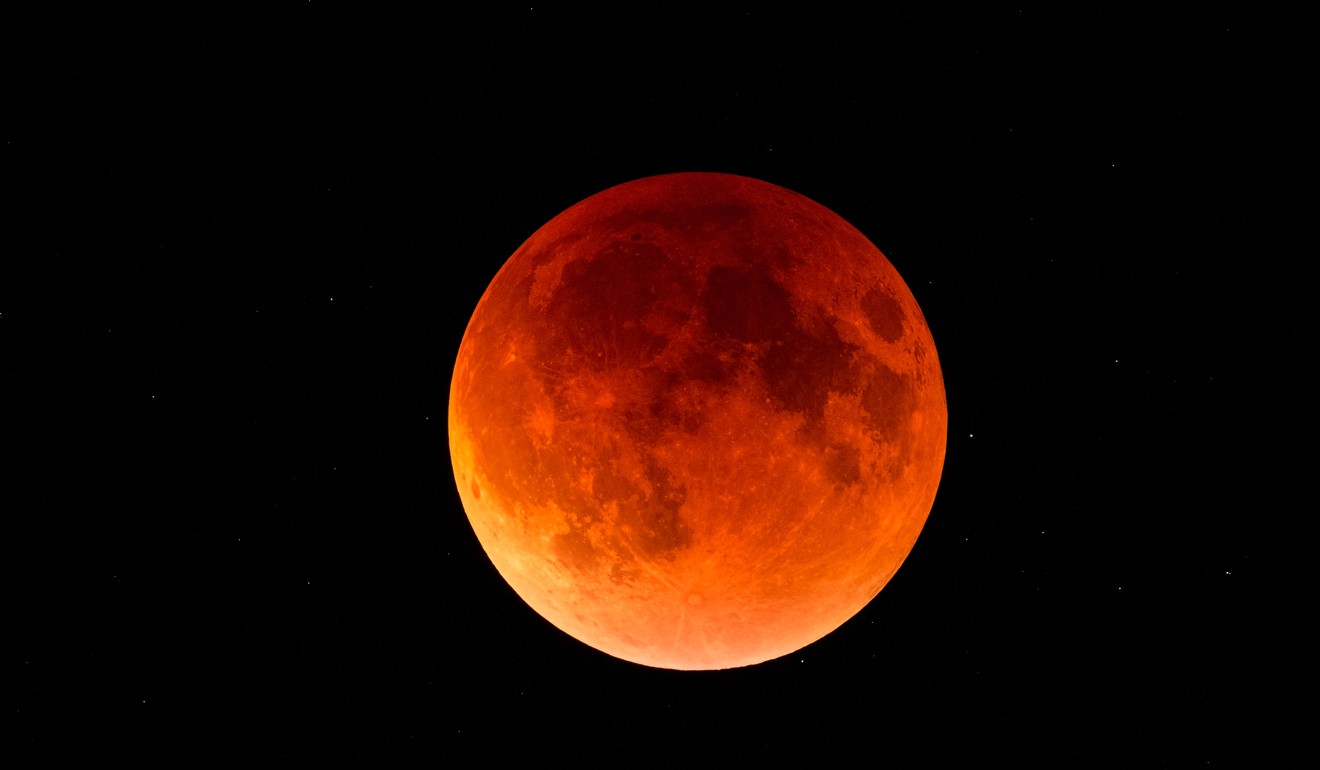
3. A “blood moon” eclipse and “kissing planets”: January 20, 21 and 22, 2019
The precise lining-up of the sun, Earth, and moon will cause a total lunar eclipse on January 20/21 (depending on whether you view it from North and South America, or western Europe – it will not be visible in Hong Kong).
Five alternative places to see Northern Lights and Southern Lights
No matter where you are, Venus will be shining very brightly in the predawn sky in the early part of the year, and on January 22 it will appear very close to Jupiter. Gaze to the southeast to see them before dawn.
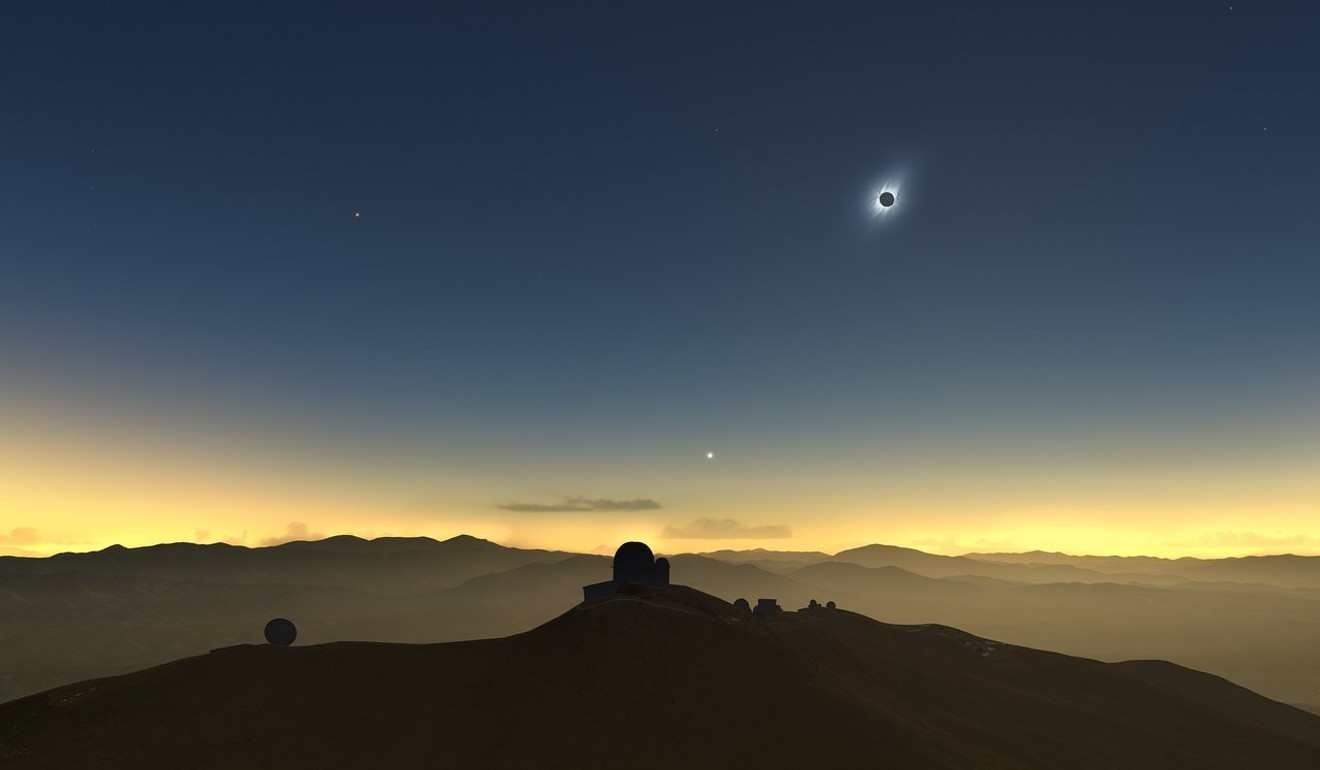
4. A total eclipse at twilight: July 2, 2019
Millions saw the last total solar eclipse of the sun in August 2017 when the moon’s shadow crossed the United States. The same will not be true of the next one, on July 2, 2019. Though technically visible from the South Pacific, only those on luxury (and long sold-out) cruise ship itineraries will experience totality at sea.
Serious eclipse chasers will be in Chile’s Elqui Valley, a dark sky sanctuary that is home to some of the world’s biggest telescopes, as well as western Argentina. From both places, the sun will appear totally eclipsed just before sunset.
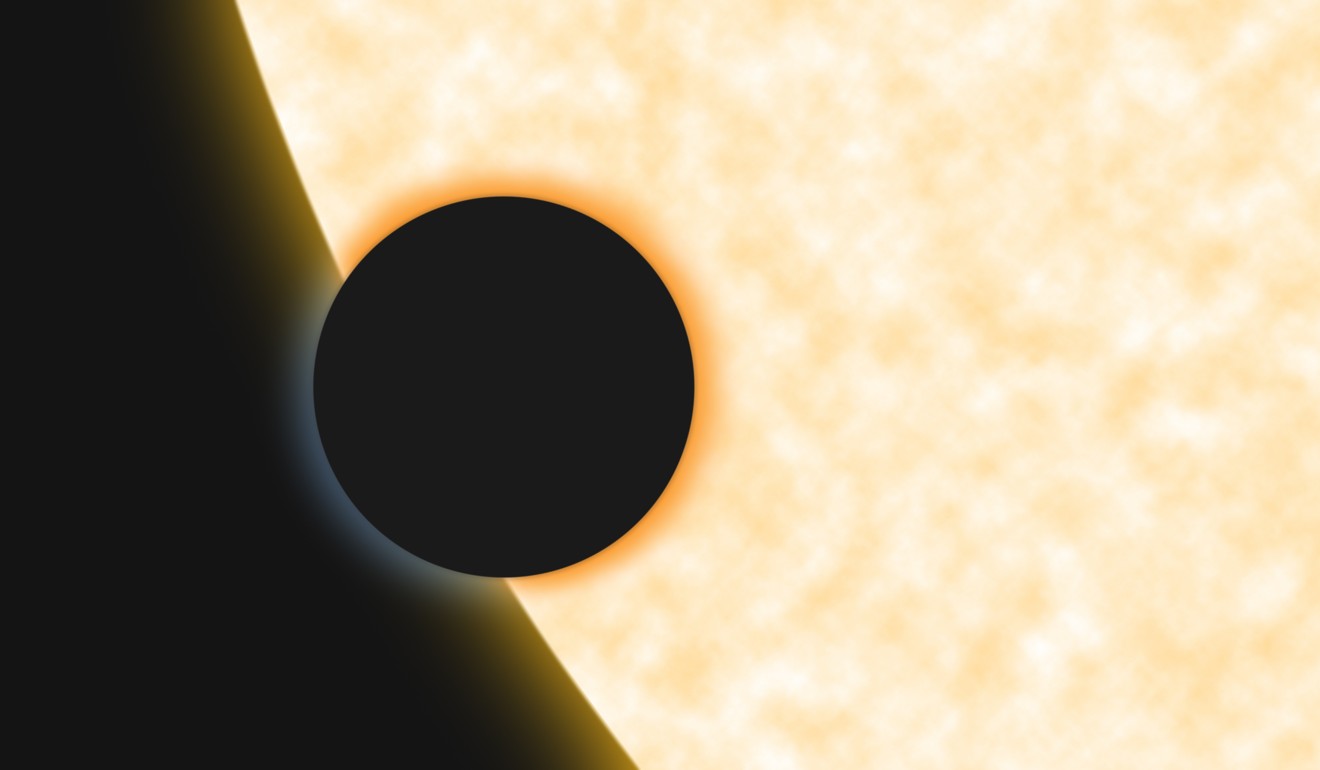
5. Mercury’s “black drop” moment: November 11, 2019
Here is something very rare that is not going to happen again for a while. Once every 13 years, inner planet Mercury appears to cross the disk of the sun. The event will happen on November 11; the next time will be in 2032.
8 of the best places for stargazing in Asia (and 5 sights Hongkongers can enjoy)
The black disk of Mercury begins and ends its passage across the sun, appearing for a fleeting moment as a teardrop-shaped “black drop” with the edge of the sun’s disk. It is thought to be caused by diffraction of light and the sun’s soft, gassy edge.
Expect Hong Kong Space Museum to hold a special public viewing event on the Tsim Sha Tsui waterfront. Local astronomy clubs may also have telescopes set up for public viewing.

6. South Asia’s “ring of fire”: December 26, 2019
All I want for Christmas is … yet another eclipse! On December 26, 2019, a so-called annular solar eclipse will be visible from Saudi Arabia, Oman, southern India, northern Sri Lanka, Indonesia, and Singapore.
You will have heard of “super moons”, when the moon appears to be larger because it’s closer to the Earth, but you have probably not heard about micro moons.
When the moon is as far as it ever gets from Earth in its orbit, it appears smaller than the sun. So if an eclipse occurs, the moon is not big enough to cover the entire disk of the sun. Cue a “ring of fire”, which has to be viewed using solar safety glasses.

